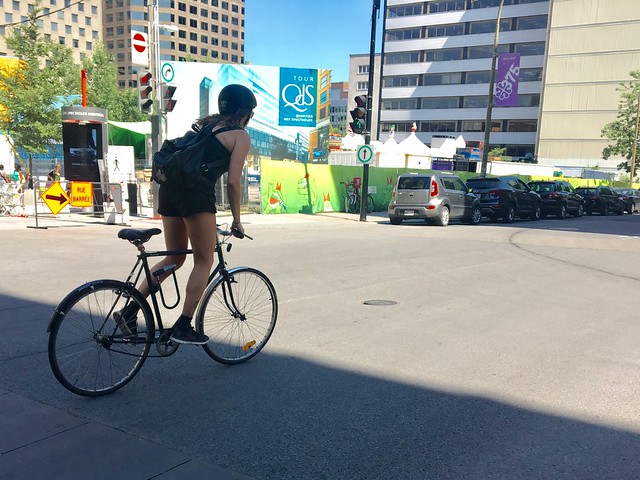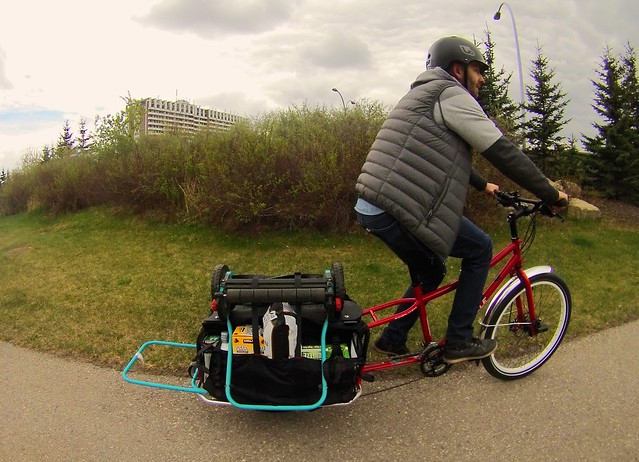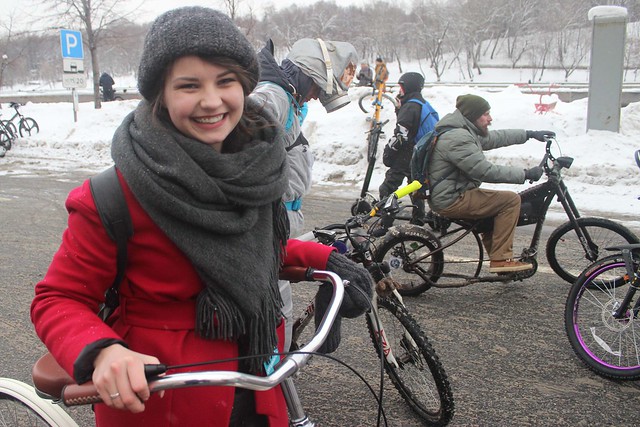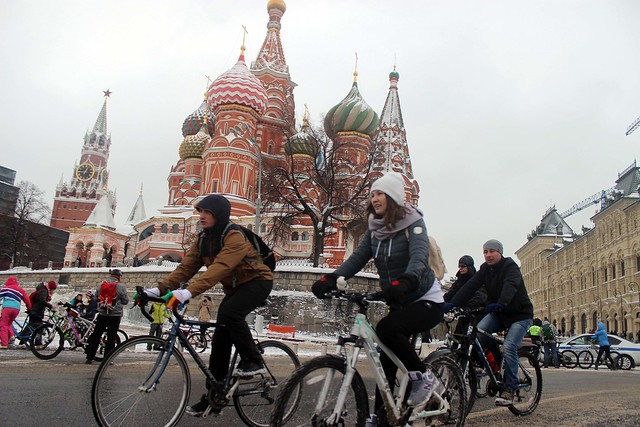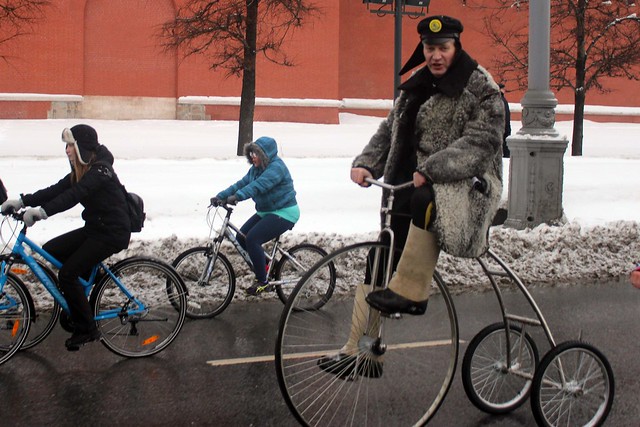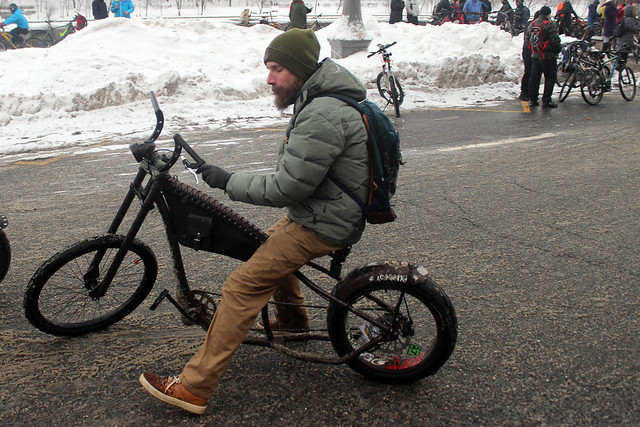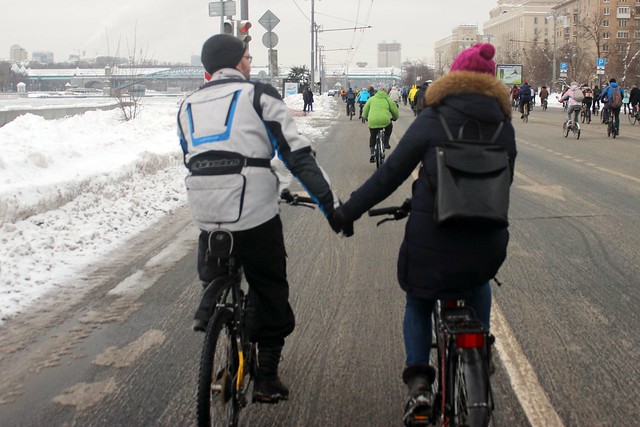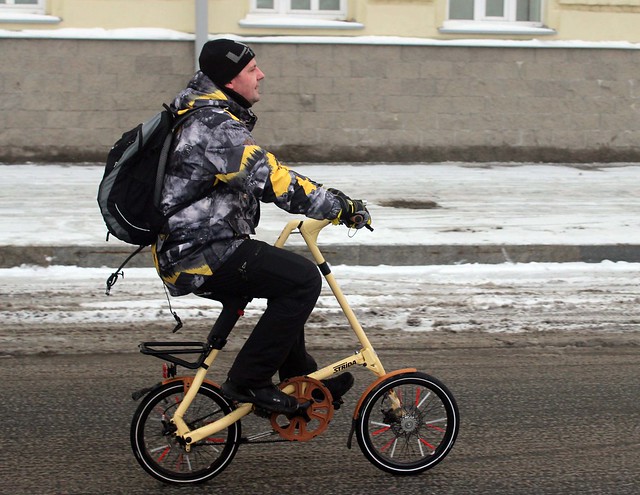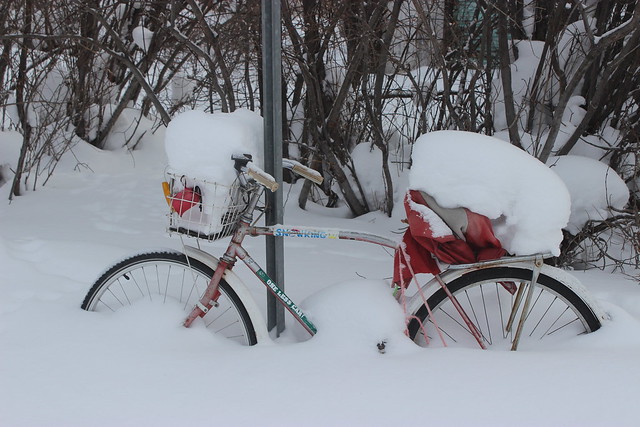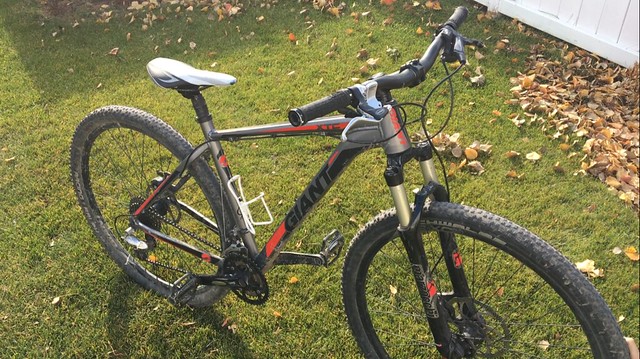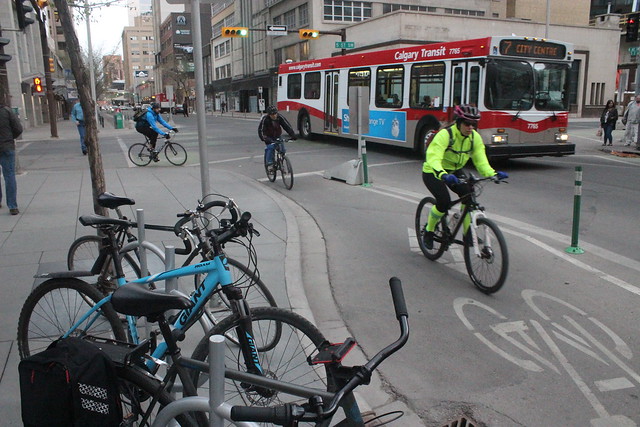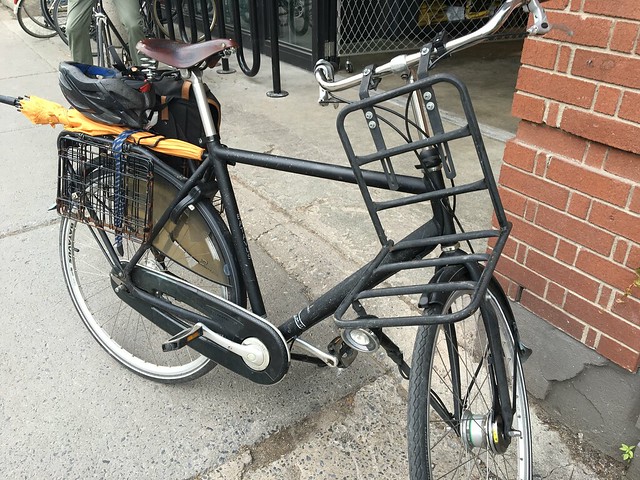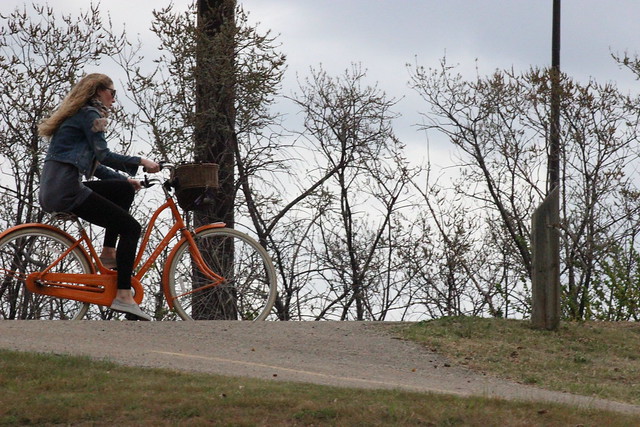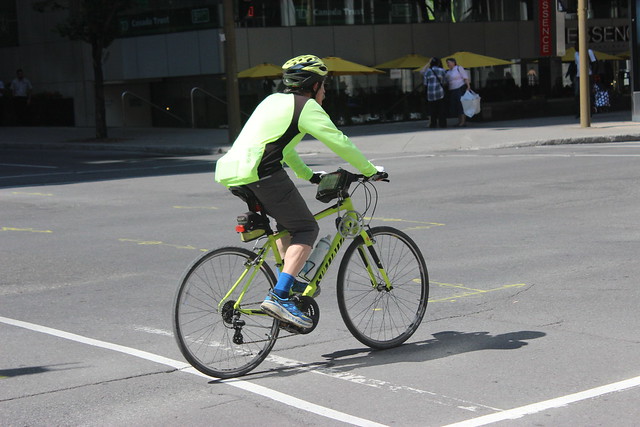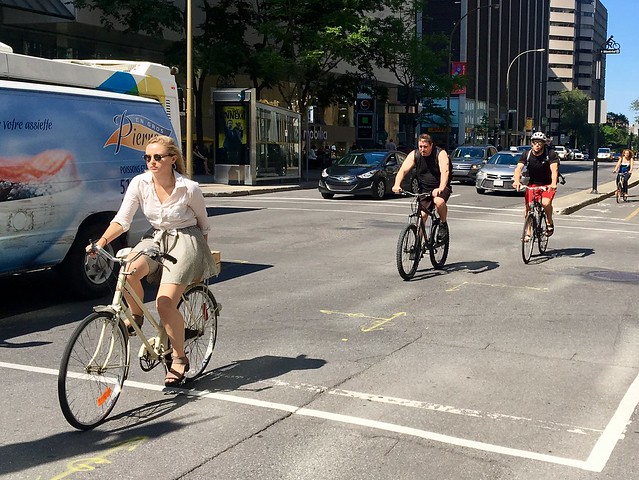In the past decade, Peter Walker has seen a fundamental change in London, the city in which he lives.
In that time, Walker, a writer for The Guardian who has for years penned the paper’s popular bike blog, says people on bikes have gone from a marginal place on the city’s streets (he says he was once viewed as a “bit of an oddball” for using his bike to get around the city) to one that’s clearly in the mainstream — during peak hours on some London roads, cyclists are now the most common road user.
Despite that, he says cycling has not moved into mainstream consciousness like it has in the world’s great cycling cities, such as Copenhagen or Amsterdam. And now, after a bike-infrastructure building boom under former mayor Boris Johnson, Walker fears the entire movement has stalled.
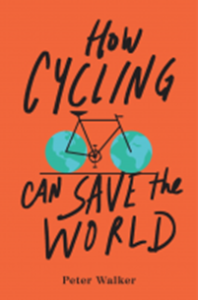
How Cycling Can Save the World, by Peter Walker
Part of that fear is what drove him to write How Cycling Can Save the World, his new title that reads like a book-length argument in favour of two-wheeled urban transportation. Covering aspects as diverse as health and safety to equality, the book lays out, in rational and precise terms, all the benefits that cycling brings to society. And they are myriad. The title of the book is not an exaggeration.
I chatted with Walker from his flat in London. Here are some of the aspects of our conversation that struck me.
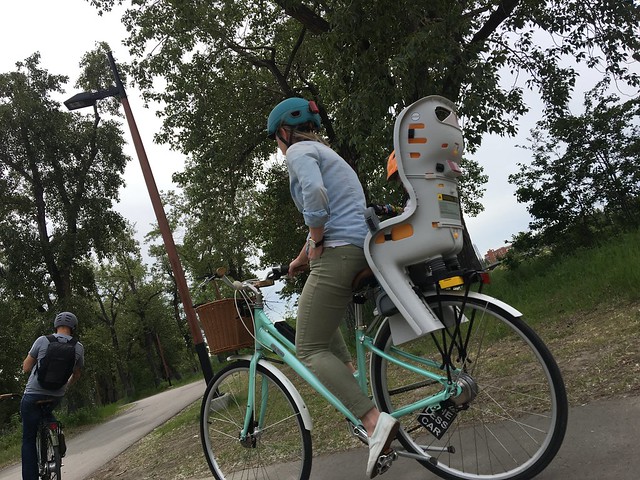
The health benefits of cycling are sometimes overlooked in the battles over road space.
Health
It’s a bit of a no-brainer, but the health benefits of cycling are sometimes forgotten in the battles with motorists over road space. In detailing some of those astonishing benefits, Walker makes a pretty good case that your doctor might be well advised to prescribe a bike commute after your next physical.
A scheme to encourage people to ride in the small Danish city of Odense, Denmark, for example, added five months to the life of the average citizen. Another study of Danes found those who rode a bike to work were 40 per cent less likely to die during the study. Other studies have found that countries with the highest rates of cycling have the lowest rates of obesity, and even that simply riding a bike leads people to more healthy diets.
“If there’s any one factor that will get cyclists riding more and more . . . it’s that developed nations are facing this public-health crisis from people living these sedentary lives,” Walker told me. “People in public health service are completely frank: if more is not done to encourage active transportation, the public health system will collapse.”
Suburban options
Much has been made over the years about the importance of distance in encouraging people to ride bikes. A five-kilometre ride to work or the supermarket is certainly more palatable to many people than what we see in most North American cities, where suburban growth patterns have stretched those distances to sometimes absurd lengths.
Walker, however, sees ways to bridge those distances. The proliferation of e-bikes in Europe and China may be a precursor to their popularization in the U.K. and North America as a way of more easily spanning longer distances. “With the Dutch, it’s something like a third of bikes sold new are e-bikes, it’s something that’s definitely going to come,” he said.
He’s also seen success with cycling “highways,” in which well-built, direct bike routes are extended out to suburbs. Cargo bikes are also making inroads as practical suburban transportation options, particularly for those hauling kids to school every day. There is also much success when transit systems are mixed with bike-sharing programs, the latter relied upon by people to cover the distance to and from the bus or train.
“The really been an explosion of Chinese bike-sharing schemes … and having these bike share systems, such that people can pick up a (bike) to a metro stop and finish their trip, are really working,” he said. “There are all these ways that the bike can work with other forms of transportation.”
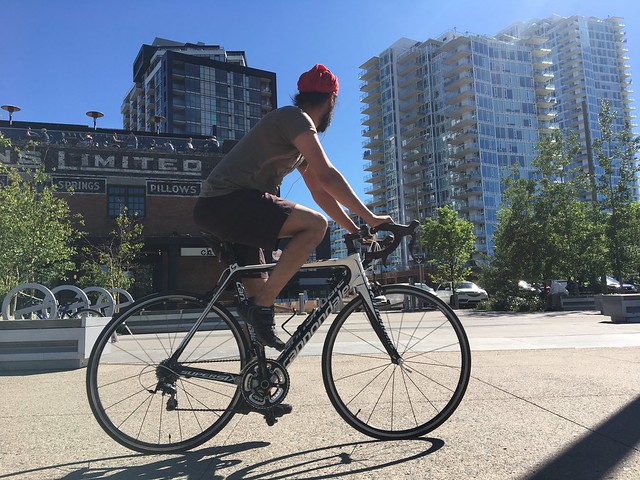
Many studies link overall happiness with an active lifestyle.
Happiness
Bikes make people happier. This isn’t just your annoying bike-riding co-worker crowing about being energized after a morning ride. There’s science behind it.
Walker devotes an entire chapter to the ways in which cycling increases happiness, most of it related to the well-documented mental-health benefits of regular exercise, particularly when that exercise is simply part of getting around every day.
Most inspiringly, Walker dives into an Italian study that examined the lives of people, between the ages of 52 and 84, who rode several times a week. All were in great physical shape, seemingly years younger than their non-bike-riding peers, and seemed giddy about the mental-health benefits of such exercise. “It makes you feel good, both mentally and physically,” reported one 61-year-old in the study. “It is no small thing, to feel well with oneself.”
The stigma
It ain’t all roses. Walker doesn’t shy away from the negative bits associated with cycling, especially around the corrosive political discourse that still pervades the conversation in the U.K. and North America. Walker pushes this argument farther than I’ve seen before, detailing how the stereotyping of cyclists has serious negative consequences. While he stops short of drawing parallels between the insidiousness of racism or sexism and the way cyclists are treated, he’s clear that he thinks it comes from the same space.
“I compare to really old-fashioned things, like making jokes about vegetarians or mothers-in-law,” he says. “It just feels a bit dated.”
What’s worse, Walker quotes studies that draw links between negative portrayals of cyclists in the media and public discourse and increased danger to cyclists on the roads. It’s not a difficult mental leap to make — if drivers are pummelled with negative images of people on bikes, they are less likely to treat them with respect on the road. It’s a serious problem that needs to be overcome if cycling is to become accepted as a rational, everyday form of transportation.

The stigmatization of cycling continues.
The future
With so much talk about the future of urban transportation, particularly around the looming disruption of autonomous vehicles, Walker also has a rather optimistic view of the future. While’s he’s as skeptical as the next bike blogger (ahem) about the ways self-driving cars will impact the bike environment in cities, he’s looking at the bigger picture.
“Anyone who tries to predict what cities will look like in 50 years is wrong,” he said. “People are very keen to live in a place that’s seen as liveable. Even if they are electric cars, and they’re autonomous, they’ll still have an impact on the livability of cities.”
As far as the future goes, I’m keen to align with Walker’s vision of a future in which scores of people assess their lives and make a decision to ride a bike for the same reasons he does: “I live in this very congested city where getting around is quite tricky,” he said. “When I get on a bike I know I will arrive within a few minutes of when I expected, with a smile on my face.”


